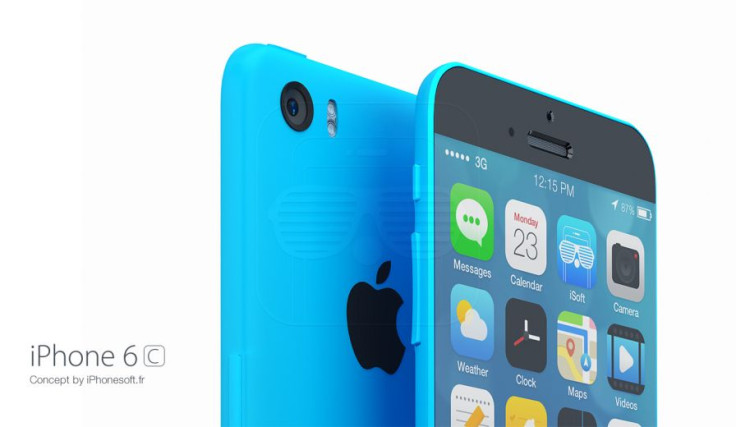Apple iPhone 6 Release Date Rumour Roundup

The Apple iPhone 6 continues to hog the limelight as the internet is abuzz with fresh rumours of leaked photos and a long list of specifications for the high-profile device.
Some leaked photos of an iPhone 6 prototype surfaced online recently, which were later revealed to be fake. However, there have been a lot of developments in the past few weeks that throw light on iPhone 6 release date, specifications and features.
Release Date
iPhone 6 release date is probably the most speculated in the ever-growing list of rumours pertaining to the upcoming flagship phone from Apple.
For three generations since the release of the iPhone 4s, Apple has made an unceremonious change from the traditional summer release to the holiday season or fall release.
Contrary to earlier expectations that the next-gen iPhone will release in summer 2014, it is now ascertained that the high-profile smartphone will likely be arriving in September or October 2014.
Screen Size and Display Technology
iPhone 6 screen size and display technology are two faces of the same coin, which often hit the spotlight together as both these features are mutually dependent on each other.
iPhone 6 has long been speculated to release in two screen sizes, a 4.7in or 4.9in and a 5.5in version. Both the display variants are expected to support 1920 x 1080 (440ppi) and 2272 x 1280 (510ppi) screen resolution and support indium gallium zinc oxide (IGZO) technology instead of Low Temperature Polycrystalline Silicon (LTPS) technology found in current iPhones.
While IGZO is focused on the tablet and phablet market, owing to their support for higher display resolution, the LTPS technology is limited to smaller screens, wherein they offer greater battery-life and screen brightness.
Hence, owing to its requirement for higher display resolution and screen size, iPhone 6 is likely to debut IGZO technology instead of the existing LTPS display technology.
Screen Material
iPhone 6 is expected to offer sapphire crystal display instead of Corning Gorilla Glass found in previous iPhones. It may be recalled that the sapphire crystal debuted with the iPhone 5s camera and also found its use in the fingerprint scanner (accessible via home button).
With Sapphire crystal's hardness surpassing even the Gorilla Glass on the Mohs scale of hardness, it seems Apple has found the perfect substitute for producing sapphire screens for the new iPhone. Consequently, Apple reportedly ordered a series of sapphire furnaces to be used for manufacturing sapphire screens at its newly announced factory.
Processor and RAM
iPhone 6 is expected to get a considerable bump in RAM to 2GB along with an upgraded A8 processor chip for enhanced performance over the current-gen A7 chip used in iPhone 5s, iPad Air and iPad Mini.
Camera
Contrary to earlier rumours suggesting an 8MP rear camera for the iPhone 6, the latest speculation hints at an upgraded 10MP sensor with an improved f/1.8 aperture for enhanced performance in low-light conditions.
Despite the conflicting reports on the rear-facing camera sensor specifications, the latest developments hint at a probable addition of light-field camera for enhanced image clarity with the ability to refocus photos after capturing.
The light-field camera is mostly a software enhancement with no hardware upgrade, which works similar to the slow-motion camera feature added to the iPhone 5s camera. Another noteworthy upgrade to the camera would be the inclusion of optical image stabilisation feature, which enables the photographer to capture better stills with moving objects.
Operating System
iPhone 6 is likely to debut iOS 8 in line with iWatch project that is expected to see the debut of next-generation health and fitness app, Healthbook. Another key point to note is that Apple is unlikely to debut the long-rumoured iOS 7.2 with the iPhone 6, as there is hardly any proof of its development work on iOS 7.2.
Design
iPhone 6 is also expected to become the first device to sport a bezel-free display, according to a latest report on MacRumours. The catch here is to maximise the screen real estate while not increasing the size of the handset too much, and hence the bezel component may be dropped from the display unit.
The addition of a harder sapphire glass together with scratchproof and shatter-resistant properties should make the iPhone 6 a premium smartphone. The biggest question, however, would be whether Apple would risk adopting a curved or rounded design for the smartphone's screen.
© Copyright IBTimes 2025. All rights reserved.






















